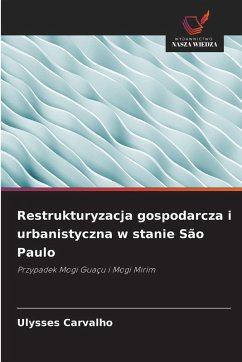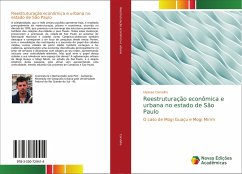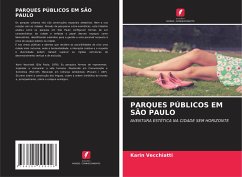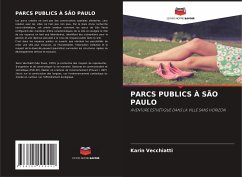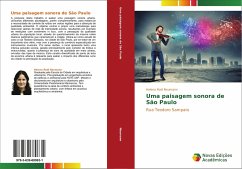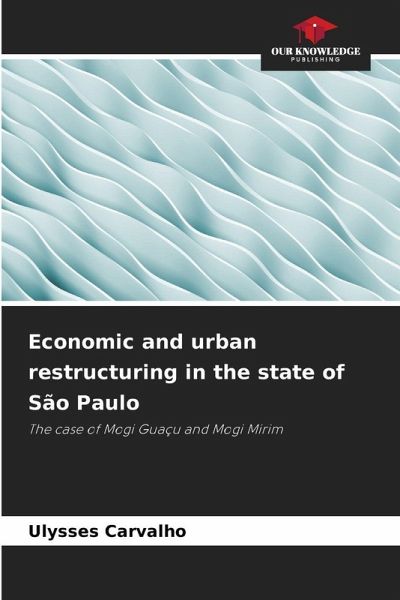
Economic and urban restructuring in the state of São Paulo
The case of Mogi Guaçu and Mogi Mirim
Versandkostenfrei!
Versandfertig in 6-10 Tagen
37,99 €
inkl. MwSt.

PAYBACK Punkte
19 °P sammeln!
The complexity that São Paulo's urban network presents today is mainly the result of urban and economic restructuring that took place in the 1970s, which led to a rearrangement of productive structures and also of the relationships between cities and their flows. All these changes led to the promotion of the city of São Paulo to the status of National Metropolis, and cities such as Campinas also gained prominence and have been the focus of research ever since. However, with the consolidation of metropolises and the rise of the role of medium-sized cities, other medium-sized cities are also b...
The complexity that São Paulo's urban network presents today is mainly the result of urban and economic restructuring that took place in the 1970s, which led to a rearrangement of productive structures and also of the relationships between cities and their flows. All these changes led to the promotion of the city of São Paulo to the status of National Metropolis, and cities such as Campinas also gained prominence and have been the focus of research ever since. However, with the consolidation of metropolises and the rise of the role of medium-sized cities, other medium-sized cities are also beginning to gain prominence, presenting a diversified economy (mainly in the service sector) and dynamism with the cities around them, even presenting a relevant centrality. But what would be the role of these cities and their relevance in such a dense space? The urban agglomeration of Mogi Guaçu and Mogi Mirim, in the state of São Paulo, is the empirical object of this research, as it has been showing centrality, even though it is so close to Campinas and São Paulo.






